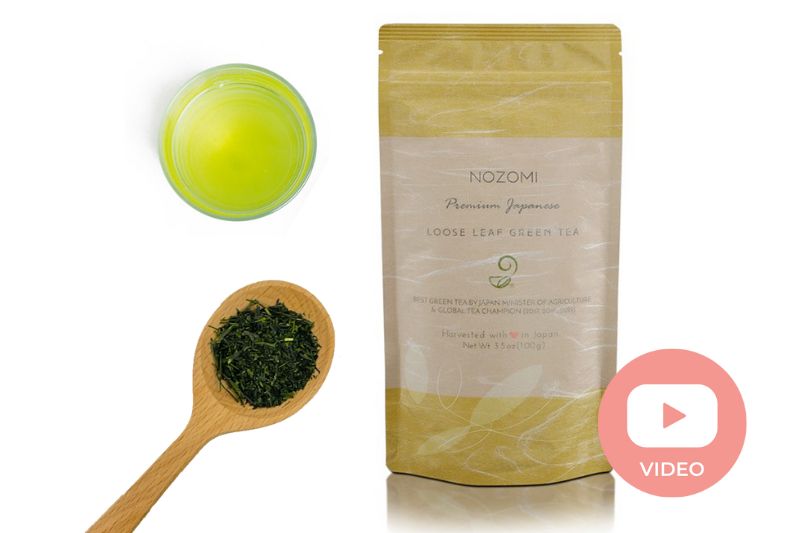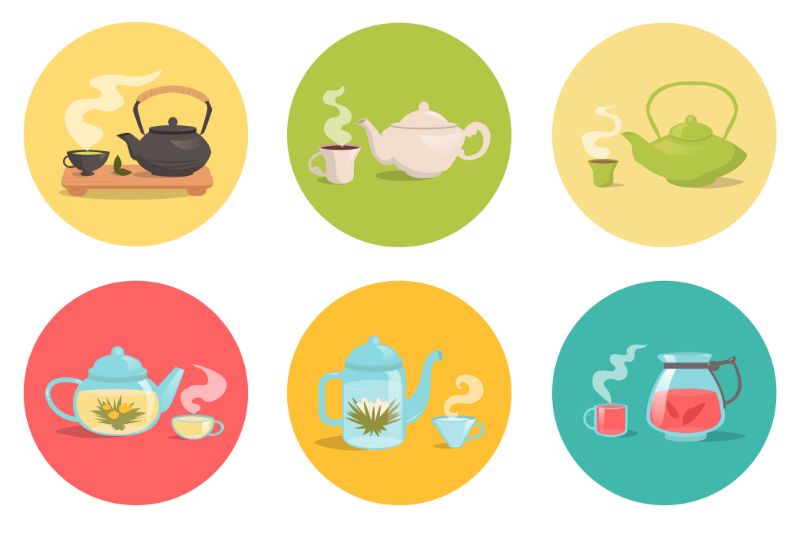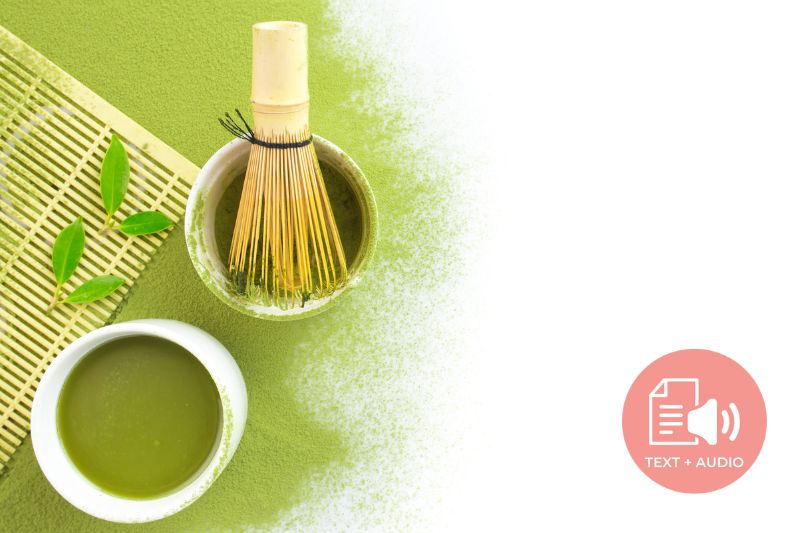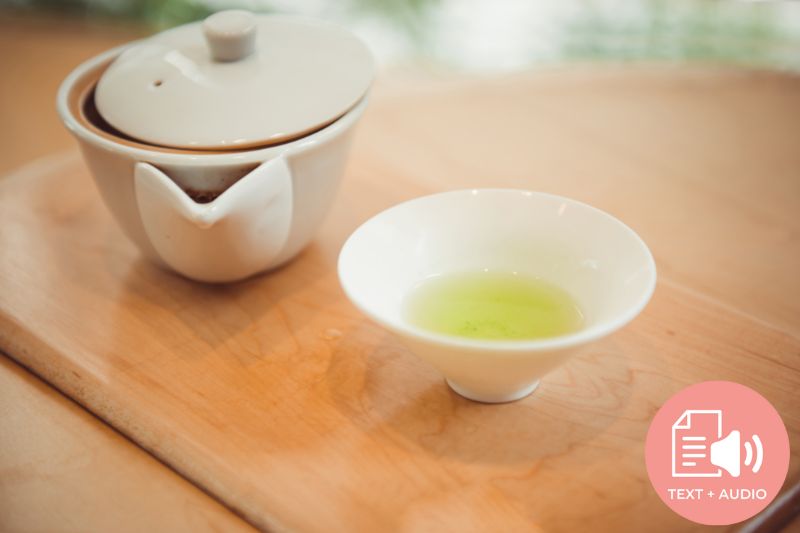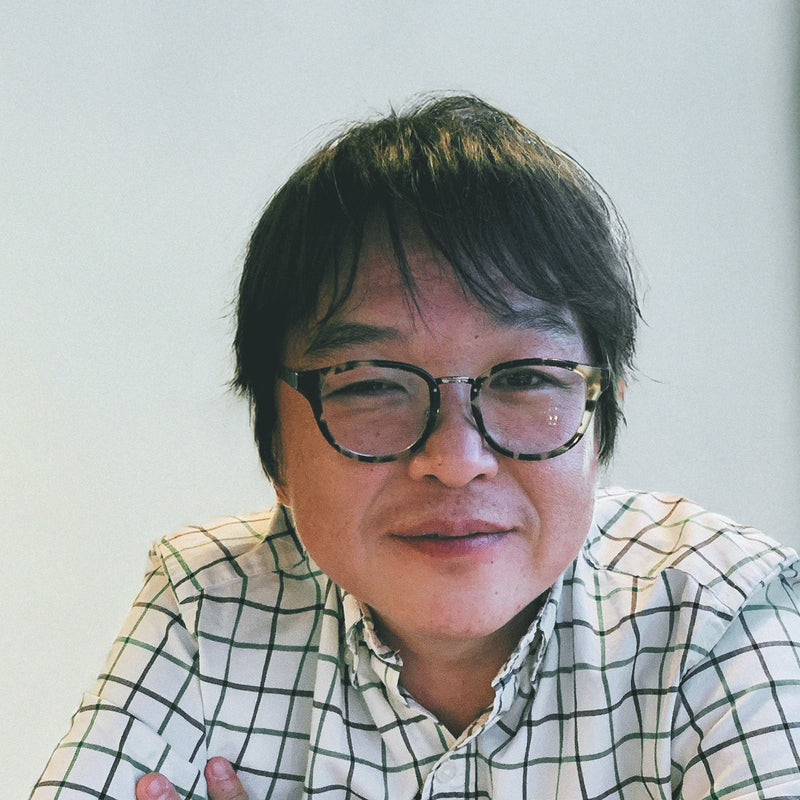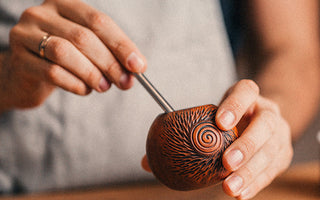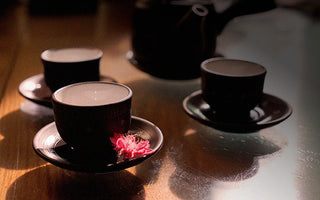Japan is a nation of islands. When you look at a map of Japan, chances are you’ll see Hokkaido at the northern end of the country, Honshu jutting north to south as the largest of the islands, and Shikoku between Honshu and its southern brother, also known as Kyushu. These are the largest and most noticeable islands in Japan. But where exactly is tea grown in Japan? Is it possible to grow sencha in Hokkaido? How much tea is grown in Honshu? Are there major tea farms in Shikoku or Kyushu?
The northern limit of tea-growing operations in Ibaraki Prefecture This prefecture is approximately 60 minutes' drive north of Tokyo. With part of the Kanto plain jettisoning into Ibaraki Prefecture, green Japanese tea is grown on the plain itself and in the more mountainous areas. Closer to Tokyo, in Saitama, you’ll find a more unique type of Japanese tea with thicker leaves and branches called Sayama tea. Given the climate, these tea plants have often survived bouts of freezing.
If you’re following along on a map, let’s move southwest towards Shizuoka Prefecture as we move closer and closer to Japan’s famous Mount Fuji, also known as "Fuji-san". Shizuoka is the heart of tea production in Japan. With rolling hills, mountainside tea farms, and beautifully lush green landscapes, the prefecture accounted for over 1/3 of Japan’s overall tea production in 2016 (Ministry of Agriculture). You’ll find most tea farms in the area focused on Ooicha (覆い茶 aka kabusecha 被せ茶), or "coarse tea," also known as bancha, before it moves into production.+ Most of all, however, you’ll see the tea plant, Camellia sinensis, arranged in neatly packed rows scattered throughout parts of Shizuoka. Note: Our Japanese green tea is grown in Shizuoka. (Please see more about it here.)
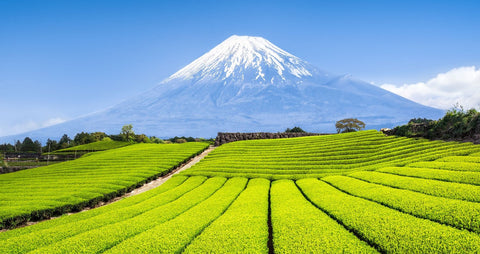
Moving further west to Aichi Prefecture, areas such as Nishio are known for their matcha production. Aichi counts for a relatively small proportion of overall tea production but accounts for nearly as much Ooicha as Shizuoka.
Mie Prefecture, along with Kyoto and Nara Prefectures, produces a significant amount of tea. While they don’t total Shizuoka, these three prefectures have a long history of green tea production in Japan. Kyoto, for example, is where green tea production began in Japan several hundred years ago. (See my other article, "Brill History of Japanese Green Tea," for more information about this.)
The area is full of various historical tea sites and shops and is known for high-quality teas. Apart from harvesting the lessor known as "curly tea" or Tamaryokucha (玉緑茶), tea enthusiasts will find all types of Japanese green tea farms in these three prefectures. Ideal for tea tours and local historical sites, it’s no wonder it's such a popular destination for tea lovers.
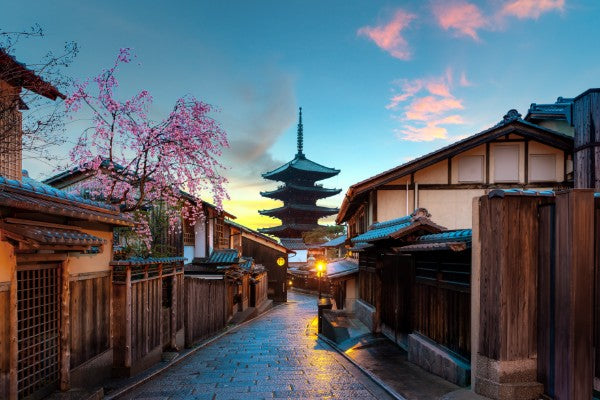
From the Kyoto region, we can take a small trip across Osaka Bay and around Awaji Island to Shikoku. Shikoku’s tea imprint on Japan’s overall production numbers isn’t large, but there are unique and notable tea farms nonetheless. In Tosa, for example, located in Kochi Prefecture, there are Yamaha team farms that grow tea in the "natural way". Tea plants, in other words, have been able to grow in a non-controlled or lesser-controlled environment. Finding tea plants along a mountainside forest, tea farmers have been able to produce a rare type of tea not found on more common tea farms. While you’ll find various types of farms on Shikoku, Tosa tea stands out as a story worth telling.
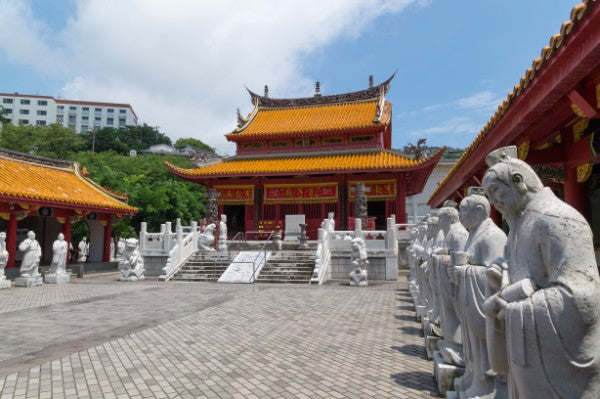
Moving to our next island, we arrive at Kyushu. Let’s split Kyushu into two major tea "areas": The first area comprises Fukuoka, Saga, Nagasaki, Kumamoto, and Miyazaki. These areas grow all sorts of tea. They primarily focus on Futsu-sencha and Ooicha. In terms of growing tea, Kyushu’s largest plain is practically perfect. The amount of rainfall, in conjunction with its high daily temperatures and low nightly temperatures, helps develop rich and sweet tea leaves. Closer to Nagasaki, tea farmers grow the lesser-known Tamaryokucha (玉緑茶), using the Chinese method of "Kamairicha"( 釜炒り茶). You may also find umbrella-shaped straw on farms in the area. Using rice straw, these farms partially shade their fields from the sun.
Moving to the southern tip of Kyushu, we arrive at Kagoshima Prefecture. Second, in Shizuoka Prefecture, Kagoshima is a major production area for Japanese green tea. It has been home to tea farms since the 14th century and has slowly made a name for itself across Japan. If we look at the tea cultivars across Japan, Yabukita dominates, attaining 76% of all plants. In Kagoshima, however, Yabukita accounts for approximately 41%. Given its milder climate, Kagoshima farms can focus on cultivars that may be more susceptible to colder weather, such as Yutakamidori and Sae-Midori. Both of these cultivars are nonetheless sencha yet retain their uniqueness in terms of flavors and cultivation. Benifuki tea, which is good for allergies, was invented (cross-bred) in Kagoshima (see more about Benifuuki here).
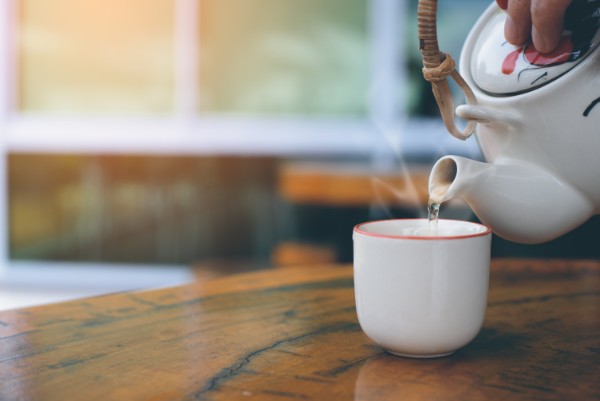
When reviewing green tea farms across Japan, the sheer variety is nearly endless. Whether you’re comparing cultivars, how the tea is grown, or where the tea is grown, there is something that everyone can learn. This side of Japanese green tea is a pure learning experience and reveals a humble yet special element that may be taken for granted.
Get Free Bonus Books

Sign up for free to the Green Tea Club to get advice and exclusive articles about how to choose Japanese Tea, and tips, tricks, and recipes for enjoying Japanese tea.
About the author
Kei Nishida
Author, CEO Dream of Japan
Certification: PMP, BS in Computer Science
Education: Western Washington University
Kei Nishida is a passionate Japanese green tea connoisseur, writer, and the founder and CEO of Japanese Green Tea Co., a Dream of Japan Company.
Driven by a deep desire to share the rich flavors of his homeland, he established the only company that sources premium tea grown in nutrient-rich sugarcane soil—earning multiple Global Tea Champion awards.
Expanding his mission of introducing Japan’s finest to the world, Kei pioneered the launch of the first-ever Sumiyaki charcoal-roasted coffee through Japanese Coffee Co. He also brought the artistry of traditional Japanese craftsmanship to the global market by making katana-style handmade knives—crafted by a renowned katana maker—available outside Japan for the first time through Japanese Knife Co.
Kei’s journey continues as he uncovers and shares Japan’s hidden treasures with the world.
Learn more about Kei
